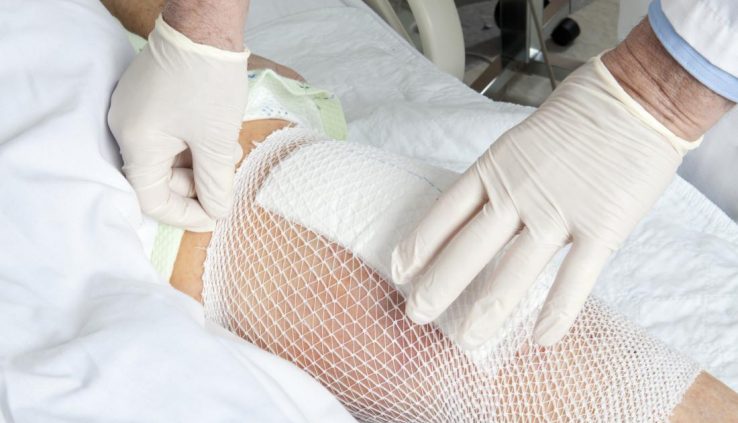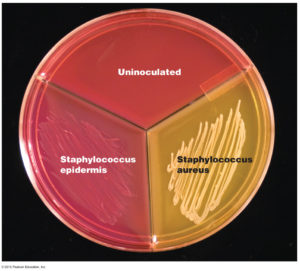
Infection after total knee replacement
Contents:
- Early and deep total knee infection
- Risks for total knee infection
- Diagnosis of total knee infection
- Prevention of total knee infection
Contents:
The diseases that most frequently lead to the total knee surgery are:

In about 130 years the bacteriologists used the relatively simple method to smear the pus or the swabs from the wound on to special substrate. The substrate is either fast, gelatin-like substance agar mixed with blood; or liquid, a kind of nutritious soup in a bottle.
Pus containing Staphylococcus aureus bacteria was smeared on the surface of the blood-agar plate. The blood-agar plate is within a glass dish and is covered by another dish to prevent downfall of other bacteria from the air. The whole culture is grown for at least 2 days in a constant temperature (32-37 degrees Celsius). (more…)
Read More The choice of antibiotic
The selection of the antibiotic for the treatment of the infection around the total joint depends on the sensitivity of the bacterial strain that caused the infection.
Unfortunately, often there is more than one bacterial strain found in the infected joint.
Moreover, in about 10 -20 per cent of all total joint infections, no bacteria grow in the sample taken from the infected joint, although there are other obvious signs of infection present. (more…)